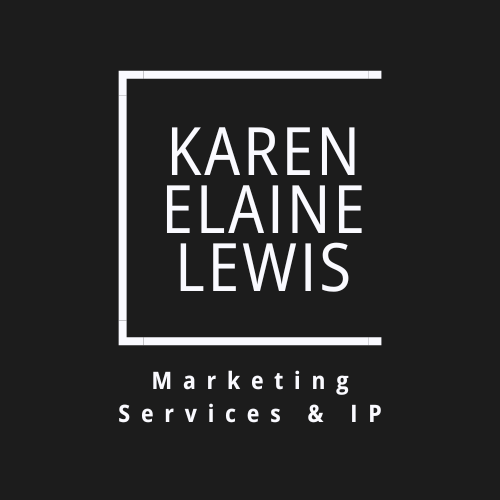Every great idea has a story. But not every idea knows how to tell its story effectively. This is where messaging becomes crucial. Too many innovative concepts get lost in a fog of confusion, failing to connect with their potential audience simply because they can’t articulate their value clearly.
The problem with most marketing approaches
Entrepreneurs and innovators often rush to create marketing materials before understanding their core message. They design websites, craft social media posts, and develop advertising campaigns without a clear foundation. The result? A scattered, ineffective approach that wastes time and resources.
Imagine trying to build a house without a blueprint. That’s exactly what creating marketing materials without a solid messaging foundation looks like. You might have great materials, but they won’t come together to create a compelling whole.
Why messaging matters more than you think
Your message is more than just words. It’s the bridge between your innovative idea and the people who need it most. A well-crafted message does several critical things: it clarifies your unique value, speaks directly to your audience’s challenges, and sets you apart from competitors.
A clear path to powerful messaging
Creating effective messaging isn’t random, it follows a natural progression that builds from understanding to articulation. Let’s explore each essential element:
Begin with your audience in mind
The most powerful messaging doesn’t come from internal brainstorming sessions. It comes from truly understanding your potential customers. What keeps them up at night? What challenges are they desperately trying to solve? Your message should feel like it’s speaking directly to them, not at them.
Try this: Write down 3-5 specific challenges your potential customers face that your idea addresses. Use their language, not yours. If you’re not sure, have conversations with people in your target audience and listen carefully to how they describe their problems.
Clarify your unique approach
What makes your solution different? This isn’t about being better than everyone else, but about offering a genuinely unique way of solving the problem. It’s about your specific philosophy and methodology.
Many founders struggle with this part because they’re too close to their own work. Step back and ask: “What particular approach, perspective, or method makes our solution distinctive?” This isn’t about features, it’s about how you solve the problem differently.
Focus on transformation, not features
Most businesses talk about what they do. Great businesses talk about the transformation they create. It’s not about listing features, but about painting a picture of how your idea changes things for the better.
Ask yourself: “What specific, tangible outcomes can someone expect from our solution?” People want results, not promises. Your messaging should clearly articulate these outcomes. Be specific, be honest, and be compelling.
Craft your core message
Now that you understand your audience, your unique approach, and the transformation you create, you can craft a core message that brings it all together. This becomes the foundation everything else builds upon.
Your core message should include:
- A problem statement that resonates deeply with your audience
- Your distinctive approach to solving that problem
- The specific value and transformation you deliver
Practical ways to develop your message
You don’t need a massive marketing budget to create a powerful message. Some of the most effective approaches are surprisingly simple:
Talk to real people. Nothing beats actual conversations with potential customers. Ask them about their challenges, their hopes, and their frustrations. Their words are marketing gold.
Look at your competitors. Understanding how others talk about similar solutions can help you find your unique voice. The goal isn’t to copy, but to differentiate.
Test and iterate. Your first message won’t be perfect. And that’s okay. Start with a solid draft, put it out in the world, and be ready to refine based on real feedback.
Common messaging mistakes to avoid
Many innovative ideas fall into predictable traps:
- Using technical language that means nothing to your audience
- Claiming to be “revolutionary” without backing it up
- Trying to appeal to everyone and ending up appealing to no one
The most powerful messaging is specific. It speaks directly to a particular audience, addressing their specific challenges in a way that feels personal and genuine.
Your message is your foundation
Think of your messaging as the foundation of a building. Everything else you do in marketing sits on top of this foundation. Get this right, and everything becomes easier. Your website will be clearer. Your social media will be more focused. Your sales conversations will flow more naturally.
Practical resources for your messaging journey
To help you apply these insights, we’ve created three resources to guide you through developing your messaging framework.
Download the Messaging and Value Proposition Worksheet to begin your journey.
For inspiration, explore two detailed examples that show how different businesses approach messaging development: a Career Coaching Practice and an Innovative Cosmetics Engineering Startup.
These comprehensive examples demonstrate how to transform theoretical concepts into powerful, actionable messaging that resonates with your ideal customers.

An invitation to clarity
For founders and innovators with limited resources, messaging might seem like a luxury. It’s not. It’s the most cost-effective marketing investment you can make. By taking the time to develop a clear, compelling message, you’re creating a tool that will serve your idea for years to come.
In our next article of the Minimum Viable Marketing series, we’ll explore how to connect your idea to a deeper purpose. But for now, focus on finding the clear, honest story of your innovation. Your audience is waiting to hear it.

